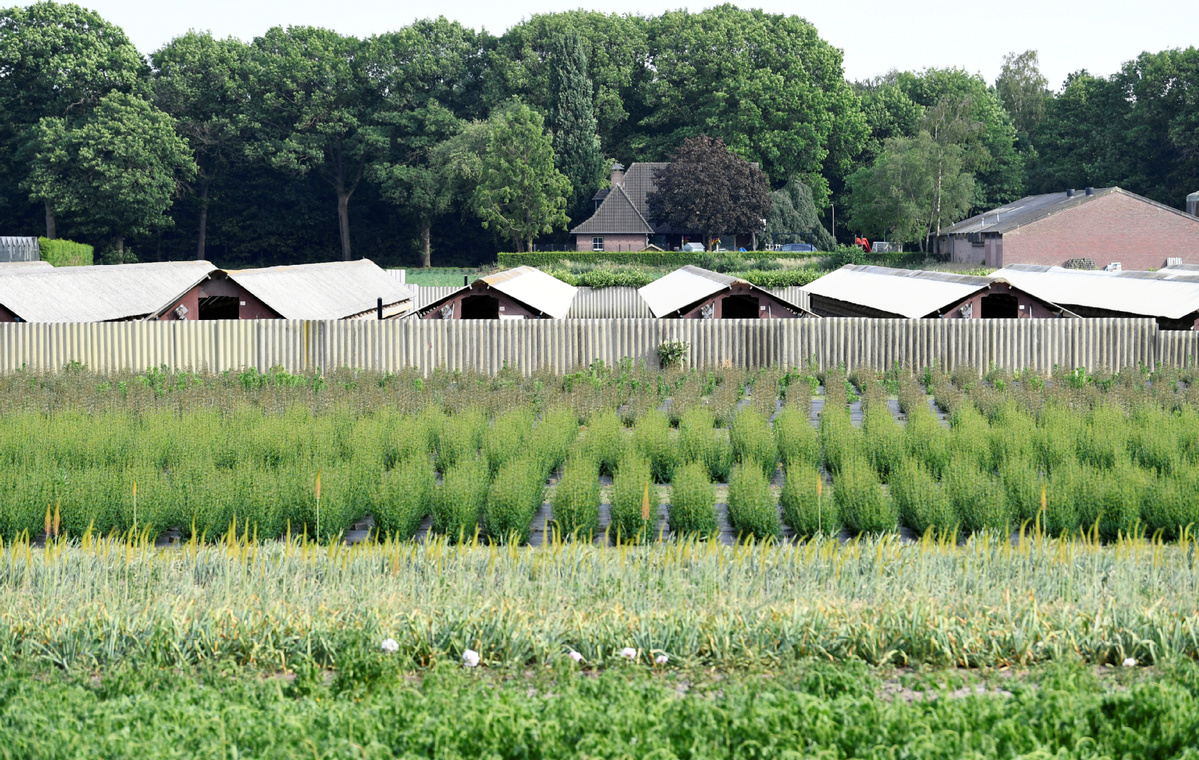Infected animals present minimal threat to humans


Following news that mink with novel coronavirus infected two people in the Netherlands, people's understanding of how the virus spreads and from whom has become complicated.
This is understandable. With social distancing measures across the world in full swing and the use of face masks and 2-meter rules, we now have an innate distrust of strangers. Now, the prospect of also having to view non-human strangers with equal suspicion is a grim concept for many animal lovers, and inconvenient for those who work in sectors such as agriculture or conservation.
Back in April, an outbreak at a United States zoo started with two tigers, which then spread to several other big cats, resulting in nearly a dozen animals with novel coronavirus symptoms that were not too dissimilar to human symptoms, which include coughing.
It is suspected that the original outbreak at the zoo started with an asymptomatic zoo keeper, one of the so called silent spreaders who shed the virus undetected, and who are a subversive driving force behind the global pandemic. The medical consensus at the time however, was that it was unlikely that these animals could spread the virus back to humans.
The news therefore that mink had been confirmed as having infected the two workers at a fur farm in the Netherlands was the first such case of transmission. Given that in the Netherlands alone there are more than 155 fur farms containing such animals, it has attracted much international attention. However, one should be cautioned against undue alarm.
Virologist Brian Bird, an associate director of the University of California Davis One Health Institute, told National Geographic: "The take-home message now is we are still learning a lot about COVID-19, this coronavirus, and the animals it can infect. The risk here is related to direct contact of proximity to farmed mink, and certainly the general population has very little contact with those animals at those settings."
In fact, through tests carried out by the Dutch government, no evidence was found of the virus being shed from animal to human outside of the mink farm. A law banning mink farms was passed in 2013, with remaining mink farms set to cease operating by 2023.
All mink in farms across the Netherlands will be tested for novel coronavirus antibodies so the authorities can ascertain how prevalent the infection has become in the farms.
Facilities that are found to have infected animals will be barred from having visitors and employers will be required to wear appropriate PPE.And any farmers who detect signs of mink showing symptoms have been ordered to report it to the government.
Such precautions are necessary given the scale of the pandemic, as no stone should be left unturned less there be a second wave, which could originate from any number of sources.
While the potential for a major second outbreak from a zoonotic source remains slim for the current novel coronavirus pandemic, the extensive lengths the Dutch government has gone to may be helpful if the same attitude is transferred to other livestock industries internationally.
There is currently little evidence that pet cats and dogs can transmit the disease, however like with all other aspects of controlling our rate of infection curve, testing is key. Testing across different types of livestock animals, all with their unique genetic scenarios, is the only way we can be certain of how the virus is transmitted across to our human population.
The risks, as can be ascertained from current scientific research, are minimal and the majority of focus should remain on how we can reduce human-to-human transmission.
Barry He, London-based columnist for China Daily

































